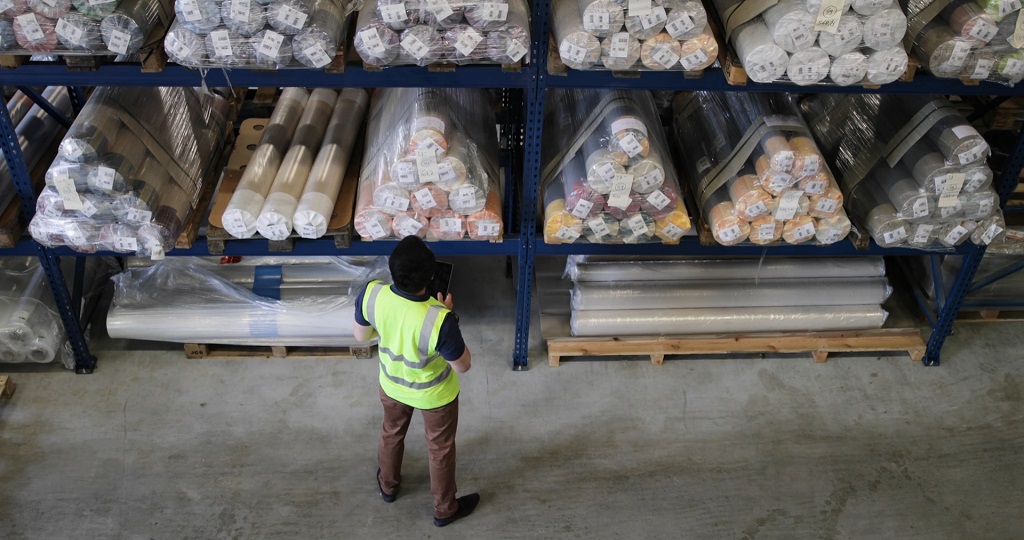It has been a challenging year for small business owners. Many are struggling just to stay open. The reason is the new tariffs that went into effect in 2025.
These new import taxes have increased prices on almost everything small businesses import into the country.
Coffee beans, t-shirts, computer parts, bakery tools, furniture fabric – it all costs more now.
For large companies, the extra costs can be absorbed. But for a small shop or family-run business, the impact feels much more personal.
A lot of them are seeing their profits disappear. Also, many of them must raise prices or cut back on what they sell. Some have already closed their doors.
The government said the tariffs were meant to support American jobs. But across the country, small business owners are asking: how can we survive this?
Many don’t have backup plans. They rely on suppliers overseas because that’s where they can find the right products at a price that works.
Now, those same items come with surprise fees, paperwork, and long delays. Some owners are dipping into their savings. Others have stopped taking paychecks.
This story breaks down what’s happening. It shows what small businesses are really facing in 2025.
Tariffs are Driving Up Costs for Small Businesses

A set of tariff rules introduced this year added a 10% blanket tax on almost all imported products, no matter the type or country of origin.
On top of that, many countries now face even steeper rates.
Goods from China, for example, carry an average tariff of 55%, with some products taxed as high as 145%.
Imports from countries like Vietnam, India, Brazil, and even long-time allies such as the UK and Japan also saw sharp increases, in some cases 15% to 50%.
The U.S. Chamber of Commerce estimates that small businesses now owe around $202 billion in annual tariff costs.
That money doesn’t go into their pockets, payrolls, or growth, but rather straight to the government at the border.
Unlike large corporations that can spread out the cost or renegotiate with overseas suppliers, small businesses often import in smaller volumes and pay in full. They rarely get bulk discounts or special treatment.
Even materials that used to carry low or no tariffs now come with heavy price tags. Steel and aluminum, used in everything from shelves to packaging, now face a 50% tariff.
Imported food products, which once entered with almost no fees, now carry an average tax of 7%, making essentials like coffee, cheese, and produce much more expensive.
The extra costs hit every part of a small business. Owners are paying more for raw materials, shipping, packaging, and final products.
One small retailer reported paying $9,983 in tariffs on a $5,000 order, more than the cost of the goods themselves.
Current Tariff Rates by Country
| Country | Tariff Rate on Imports to U.S. |
| China | 55% average (some goods up to 145%) |
| Vietnam | 46% |
| Cambodia | 49% |
| India | 25%, scheduled to rise to 50% |
| Brazil | 50% |
| Thailand | 36% |
| Malaysia | 30% |
| South Korea | 25% |
| Taiwan | 32% |
| Japan | 15% |
| United Kingdom | 15% |
| European Union | 15% |
| Mexico | Temporary exemption (until late 2025) |
| Canada | Exempt on most goods (due to USMCA) |
Imported Goods Now Come With Higher Fees and Delays

Customs now takes longer to process incoming shipments. Goods are being held for inspections more often.
Small businesses report that orders, which once took two weeks to arrive, now sit at ports for a month or longer.
Owners who previously brought in inventory through platforms like Alibaba are now facing $25-per-package penalties, in addition to regular customs duties.
For niche businesses, like those importing custom parts, tools, or small machines, the cost and wait times can be crushing.
Countries Still Offering Low or Zero Tariff Rates
Not every nation was hit by the tariff wave. Some countries still enjoy lower or no import taxes, making them a safer option for small businesses trying to cut costs and avoid border delays.
One example is Hong Kong, which remains exempt from the blanket U.S. tariff.
For businesses that rely on tools and machines, like a laser engraver, used by custom gift shops, signage companies, and small fabrication workshops.
Countries Not Hit by U.S. Tariffs
| Hong Kong | No U.S. tariffs on most goods |
| Singapore | No added tariffs under 2025 rules |
| Switzerland | No new tariffs; regular low-duty access |
| New Zealand | Not targeted by 2025 tariff changes |
| Israel | No active tariff penalties as of 2025 |
| UAE (Dubai) | Most goods are exempt; low enforcement risk |
| Chile | Protected under trade agreements |
| Australia | No new tariffs; stable trade access |
| Panama | No new U.S. tariffs reported in 2025 |
| Costa Rica | Still exempt under bilateral agreements |
Prices on Everyday Products Are Going Up

How it looks in practice is the best way to describe the situation. For instance, the owners of gift shows now must add three dollars to every ceramic mug after tariffs pushed up costs from suppliers in Thailand.
We also found reports about the famous AriZona iced tea, and how even this company might have to step up from a decades-long tradition of selling its drink for only 99 cents.
Toy makers raised the prices of best-selling playsets. That change came after Vietnam shipments started carrying a forty-six percent tariff.
A bakery in Los Angeles increased cookie prices after imported vanilla and chocolate from France became much more expensive.
Customers are starting to push back. Some leave without buying, while a lot of them are asking whether the businesses are price-gouging.
Most don’t realize the extra charges start long before the item reaches the shelf.
Small business owners say they waited as long as they could. Now they raise prices just to keep the lights on.
Businesses Are Closing Under Pressure
A coffee shop in Connecticut shut down after twelve years. The owner said the final blow came when the price of imported coffee beans jumped nearly thirty percent.
Some of the home goods stores in Seattle had to close their warehouses and lay off some of the staff after shipments from China triggered even five-figure tariff bills in some cases.
We can see similar cases all over the United States. So, we think it is a reasonable and legitimate question when people ask Who will actually benefit from this?
Final Thoughts
As you can see, the tariffs have added a lot of pressure on business owners. They are now forced to pay more and sell for less. Many feel like they are being pushed out of their own work.
There is no simple way to fix this overnight. And the impact is clear. Costs are higher, choices are fewer. Therefore, the risk is no longer worth it. At least for now.


